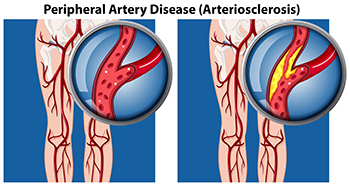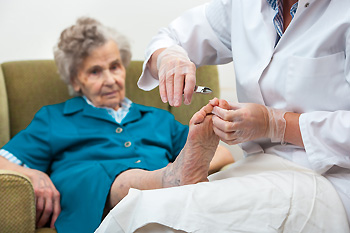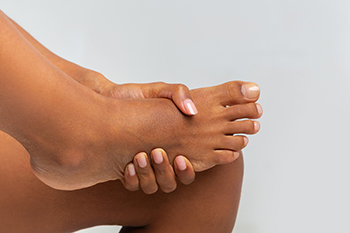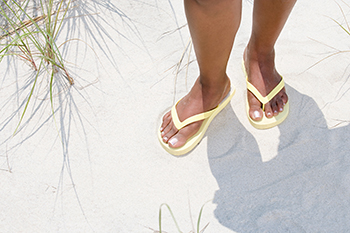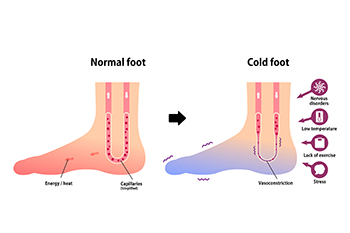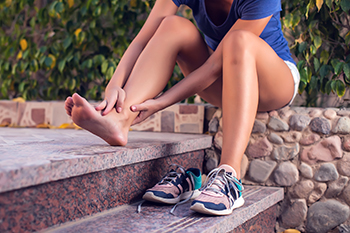
Ankle pain, a common ailment that can disrupt daily activities, stems from a variety of underlying factors. One prevalent cause is injury, often resulting from sprains, strains, or fractures. Ligaments that connect bones in the ankle may stretch or tear, triggering pain and swelling. Overuse or repetitive strain, particularly in activities like running or high-impact sports, can lead to inflammation and discomfort. Conditions such as arthritis, affecting the joints, may contribute to persistent ankle pain. Tendinitis, an inflammation of the tendons surrounding the ankle joint, is another culprit, often aggravated by overexertion. Additionally, underlying health issues such as nerve compression or circulatory problems can manifest as ankle pain. Footwear choices, improper gait, and muscle imbalances can also play a role. Recognizing the diverse causes of ankle pain is essential for an accurate diagnosis and effective treatment. If you have ankle pain, it is strongly suggested that you are under the care of a chiropodist who can accurately determine what the cause is, and offer correct treatment options.
Ankle pain is a common symptom of many lower limb problems. If you are experiencing ankle pain, please consult with one of the specialists from Thornhill Foot Clinic. Our chiropodists will assess your condition and provide you with quality foot and ankle treatment.
The ankle is composed of a number of muscles, bones, tendons, and ligaments. There are many conditions which may cause ankle pain.
Causes
Ankle strains or sprains
Achilles tendon injuries
Fractures
Bursitis
Arthritis
Gout
Tarsal tunnel syndrome
Symptoms
If you have ankle pain, you may also experience a variety of other symptoms depending on the underlying cause of the pain. Some of these symptoms may include ankle swelling, bruising, redness, numbness or tingling, instability, and difficulty walking.
Diagnosis
The underlying cause of ankle pain can be diagnosed by a chiropodist. Diagnoses are typically made based on your medical history, a physical examination of the affected ankle, and imaging studies such as X-rays.
Treatment
Treatment for your ankle pain will depend on its underlying cause. Often, the chiropodist will recommend that you rest the affected ankle. You might also need to ice, compress, and elevate the ankle, wear an orthotic device, or take medications to reduce pain and inflammation.
If you have any questions, please feel free to contact our office located in . We offer the newest diagnostic and treatment technologies for all your foot care needs.
